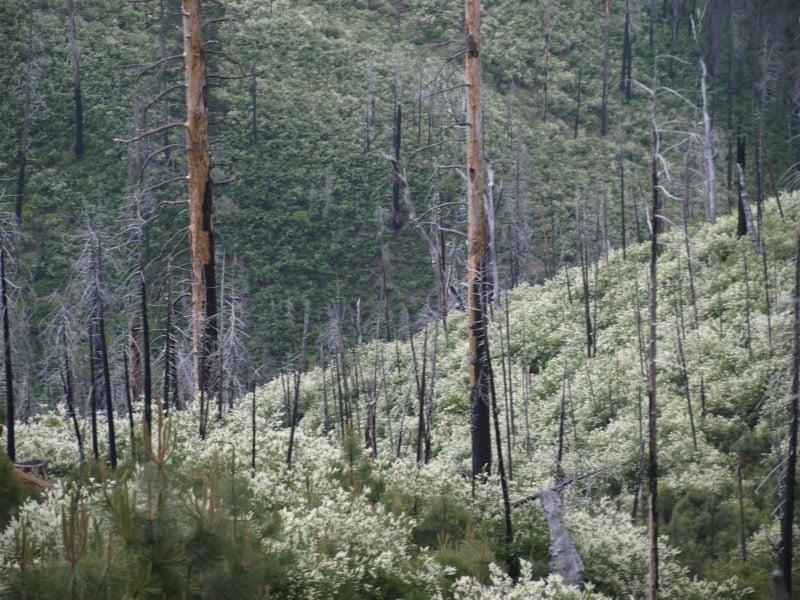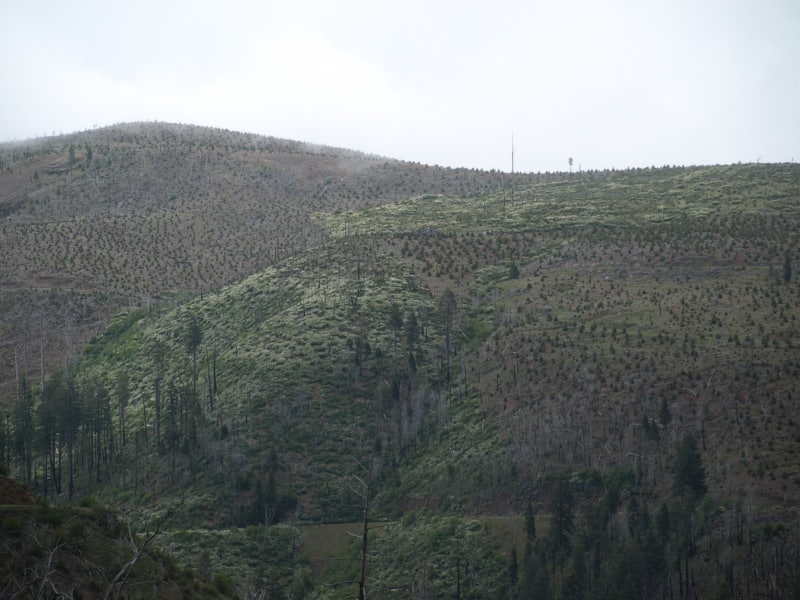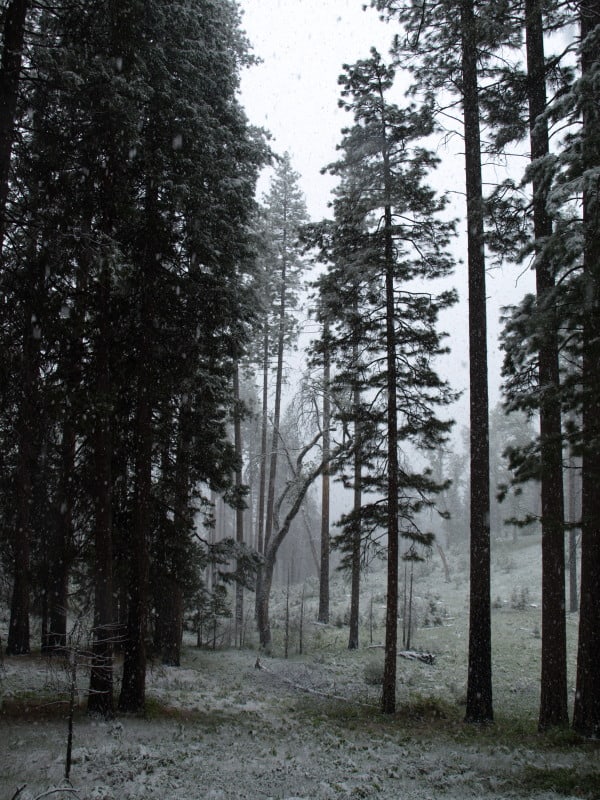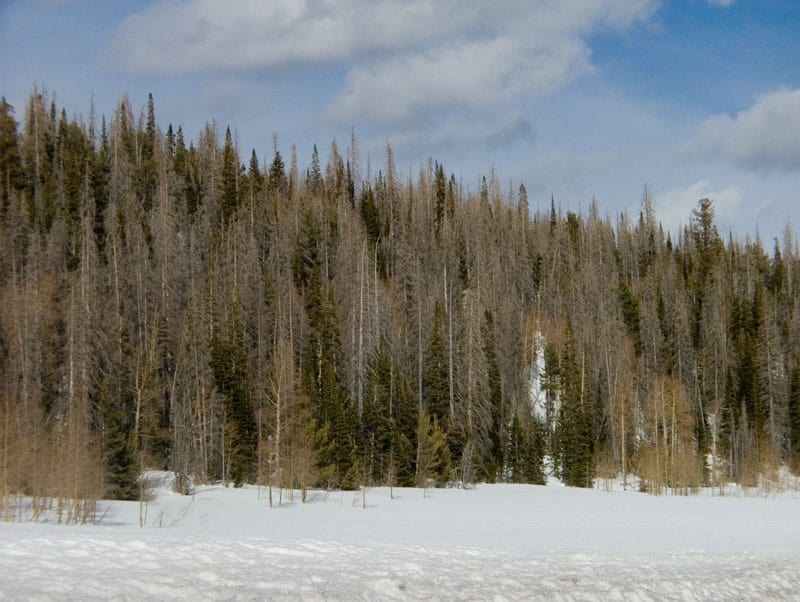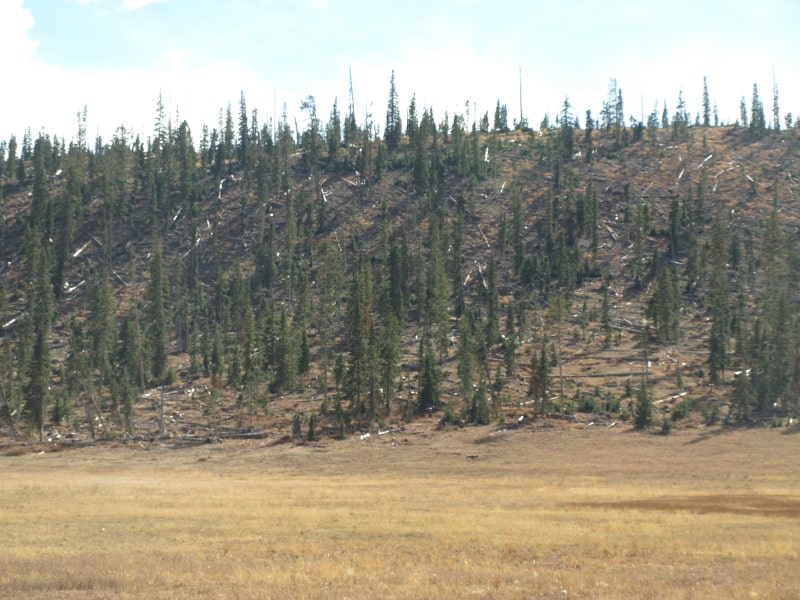http://www.idahostatesman.com/2012/01/31/1974737/ex-foes-aim-for-common-groundon.html
The easy work for former adversaries in the Idaho timber wars was to start talking and develop trust.
Now those environmentalists, foresters and loggers are testing the strong relationships they’ve forged in collaborative efforts state-wide. The Idaho Forest Restoration Partnership is tackling the hard issues about how much timber can be cut and thinned to restore healthy forests, and how that will be paid for.
“So much of it comes down to what we are leaving behind,” said Jonathan Oppenheimer, senior associate for the Idaho Conservation League. “More and more, we’re having these discussions.”
The collaborators are in Boise this week for two days of conferences aimed at finding common ground on thinning or cutting the forests of North Idaho.
There is consensus among environmentalists and industry foresters that thinning the ponderosa pine-dominated forests makes them healthier, more resilient and more resistant to large-scale fires. Ponderosa pines make up most of the forests around Boise.
There is less agreement about the stands of trees that grow in the wetter, higher elevations — “mixed severity forests” — that make up most of North Idaho.
But forest science is beginning to suggest that these large areas of mixed-severity forests can, and perhaps should, be cut.
HUMANS IN THE FORESTS
Collaborators are forging new paths in places like the Clearwater-Nez Perce National Forest of Central Idaho. There, 3 million acres of national forest is in wilderness and roadless areas, essentially off-limits to logging. It’s the other 1 million acres for which the two sides are seeking to develop a restoration schedule — with the goal of finding an approach that improves fish and wildlife habitat, allows the right kind of fires and allows a steady, predictable pipeline of forest products.
In most western forests, fire is the main ecologic disturbance. That’s true for North Idaho’s roadless and wilderness areas.
But outside those areas, humans — through logging, thinning and even prescribed burning — are the primary actor on the forest’s ecology.
“Man is the disturbance agent here,” said Bill Higgins, the resource manager of the Idaho Forest Group in Grangeville, one of the larger timber companies in the state. “If you buy that, then you are a long way down the road.”
The idea is that through careful combinations of thinning, prescribed burning and logging — with stream buffers to protect endangered salmon and bull trout — loggers can mimic the effect of fire at keeping the forests healthy and not dangerously overgrown.
As part of this holistic approach, old eroding roads would be obliterated, stands of old-growth trees protected and wildlife habitat enhanced.
Higgins has two goals. One is to make the projects — which the Forest Service calls “stewardship contracts” — big enough to keep workers on the job for a couple of years and provide a dependable supply of logs for mill owners.
The other is a larger goal: Through the kind of landscape management that environmentalists have pushed for two decades, Higgins hopes to persuade the Forest Service to increase the planned harvests in its forest plans to provide a solid foundation for the industry so that he and other companies can market the byproducts of restoration.
PAYING FOR RESTORATION
It all comes down to financing, said David New, a former vice president for timber land for Boise Cascade, who is now a consultant.
For a company to attract the capital necessary, the supply of timber products has to be assured for at least seven years, which is the pay-back period on the loan.
“Ask a bank to finance just a third of it, and if you’ve only secured fiber for one or two years, they’re going to show you the door,” he said.
This is where it gets tough for environmentalists. Their supporters don’t want to return to the time when pressure to assure a certain amount of timber — “get out the cut” — took precedence over protecting water quality and wildlife.
Oppenheimer and representatives of national environmental groups, like John McCarthy of the Wilderness Society’s Idaho office, have to bring their own constituencies along as they face these questions.
“There is a lot of forested ground where we can find agreement,” Oppenheimer said. “It’s not an all-or-nothing approach.
“But it takes time to build that trust to have more aggressive logging in some of these forests.”
PRESERVING A HEALTHY FOREST INDUSTRY
Last week, the Forest Service released a new set of forest planning rules designed to encourage restoration and collaboration, Agriculture Secretary Tom Vilsack said. The agency hopes to reduce the amount of litigation and the time and cost of planning.
Forest Service Chief Tom Tidwell said in an interview that the agency wants to support industry growth so it can strengthen communities and carry out its agenda.
“Without that industry,” said Tidwell, “there is no way we are going to be able to do the work we need to restore our forests.”
I wonder if other states have groups like this? It will be interesting to see what comes from this meeting.
